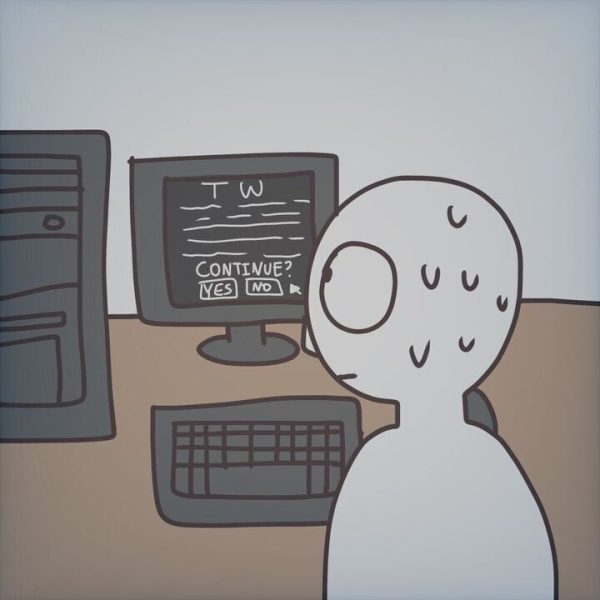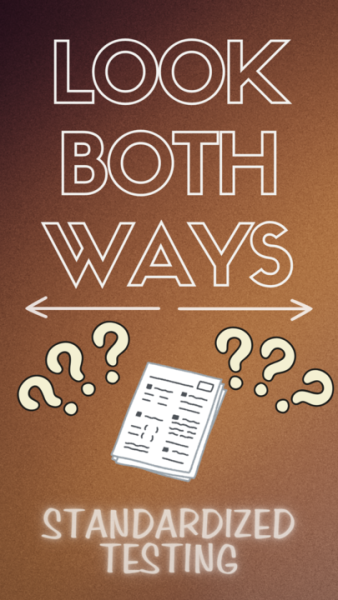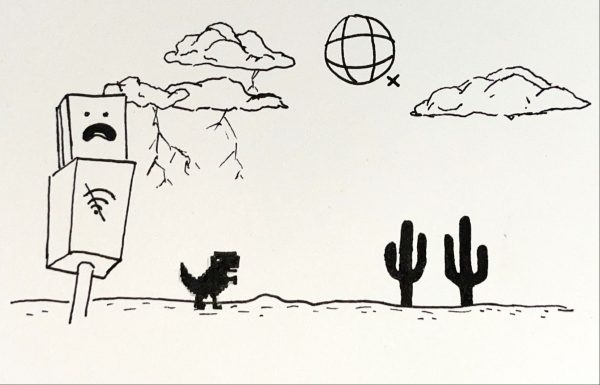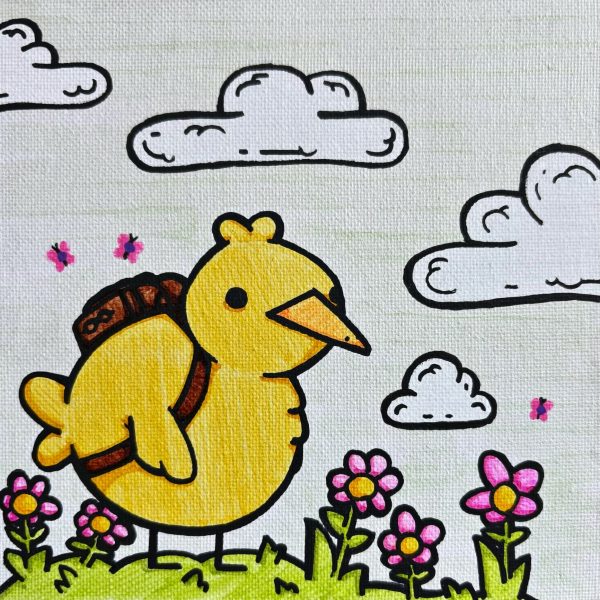College racial grievances bigger than nails
March 4, 1991
The Washington Post
If the only tool you have is a hammer, some sage once said, then all problems look like nails.
That witticism may shed some light on the racial anger that has become commonplace on American college campuses—and in much of the American society.
The most consistently reliable tool we’ve had for dealing with injustices against minority groups has been the law. Prove the inequity, show it violates a legal right, and take the offender to court.
But what of those crass, increasingly frequent, where, though the offense is clear, there is no clear violation of legal rights?
What of the ethnic insult, the race or gender-based slight, the service rendered in compliance with the law but without grace? What, indeed, of the racist or sexist opinion?
Our only tool being the “hammer” of litigation, we’ve tried to transform these slights and indignities into “nails”—violations of law—even if we have to invent the law in the process.
The effort calls to mind an insight of the late Jean Camper Cahn, co-founder of the now-defunct Antioch School of Law, who, nearly a quarter of a century ago, saw the need to develop additional tools.
Cahn, who died last month, noted the distinction between what she called the “rights explosion” and the “grievance explosion.”
The former, she said in a 1968 paper, included the “developing case law regarding the rights of juveniles, of tenants in public housing, of welfare recipients” as well as access to equal job opportunity and public accommodations.
But instead of increasing peace, civility and the sense of racial progress, these newly articulated rights seemed to have accomplished just the opposite.
Each new grant of legal rights seemed merely to magnify the slights that remained beyond the law.
“These grievances must be distinguished from rights in the normal sense,” she concluded.
“The legal system does not purport to offer remedy for poor garbage collection in slum areas, shoddy merchandise in slum outlets of chain stores, humiliation of a child or parents by school officials … and the whole variety of insults, arrogance, indifference and contumely.”
It is just such grievances—far more than denial of legal rights—that are the source of so much anger and frustration, on university campuses and in society.
Cahn called for new arrangements to deal with these grievances—”rights in embryo,” she called them—that are beyond the reach of the normal adjudication process.
College administrators across the country are also exploring new arrangements for dealing with inappropriate speech and behavior without violating either academic freedom or the First Amendment.
The most celebrated recent case, involving the expulsion of a Brown University student for shouting obscenities and insults at Jews, blacks and homosexuals, is in some ways the easiest.
The student’s behavior violated not only the Brown code but also acceptable standards of civility.
But what of the University of Michigan student who stated in a classroom his belief that homosexuality is a disease and said he intended to start a counseling service to help gays become straight?
What of Jewish students offended at a Black Student Union invitation to have Louis Farrakhan speak on campus? What of on-campus forums for beliefs some students find to be racist or sexist?
What of white students who express their view that too many black students are unqualified by normal admissions standards, or that black faculty are incompetent?
Where does freedom of expression leave off and actionable ethnic offense begin?
One of the most thoughtful explorations of these issues is included in a special report of the Carnegie Foundation for the Advancement of Teaching, a 1990 publication called “Campus Life: In Search of Community.”
“Offensive language can crop up almost anywhere,” the report found, “but the problem appears to be most acute at large research and doctorate institutions, where more than 60 percent of the presidents we surveyed said ‘sexual harassment’ is a problem and where half also listed ‘racial intimidation and harassment.’
“‘Further, when presidents were asked how they would improve campus life, 86 percent of those at large universities said there should be ‘new and revised statements on civility and respect for others.'”
But how to reconcile enforcement of these statements with free speech?
“We conclude,” said the Carnegie report, “that restrictive codes, for practical as well as legal reasons, do not provide a satisfactory response to offensive language.
“Such codes may be expedient, even grounded in conviction, but the university cannot submit the two cherished ideas of freedom and equality to the legal system and expect both to be returned intact.
“What the university can and should do, we believe, is define high standards of civility and condemn, in the strongest possible terms, any violation of such standards.”
Sadly, 23 years after Jean Cahn’s proposal, our nation’s best universities are still groping for “new arrangements” to deal with grievances that, while they fall short of legal offenses, are still poisoning the racial environment.













